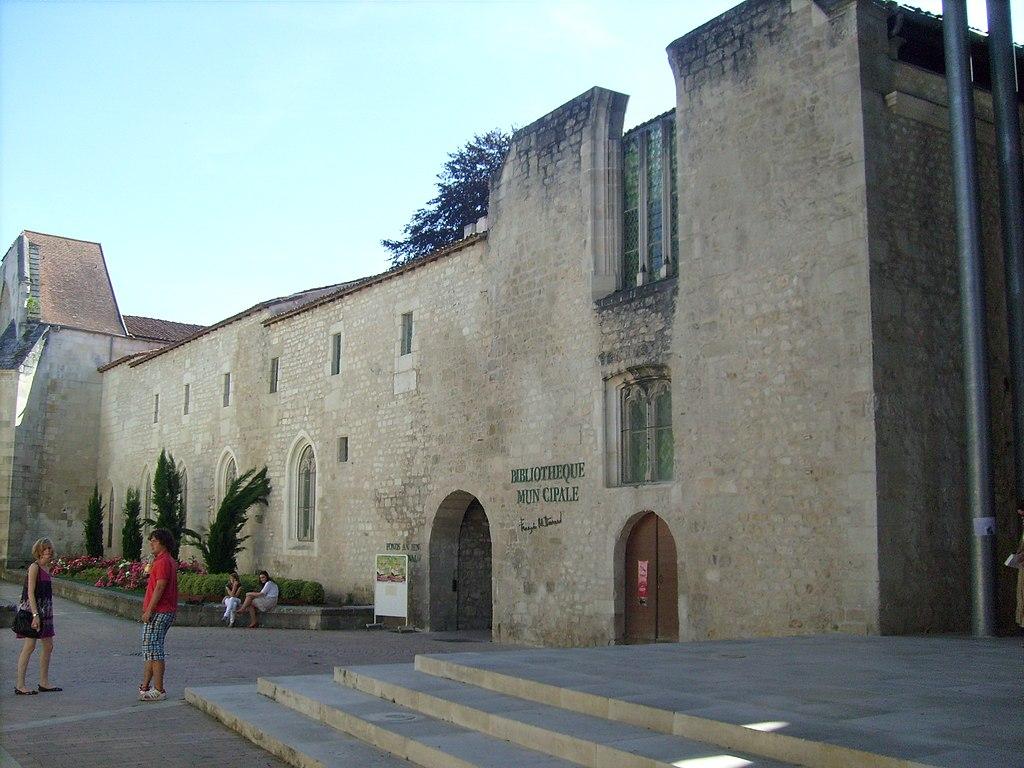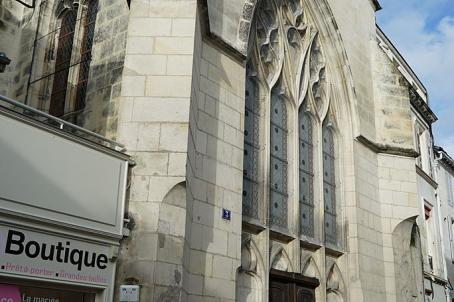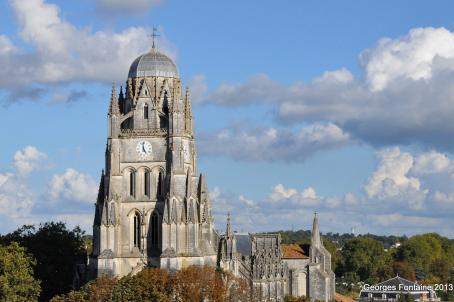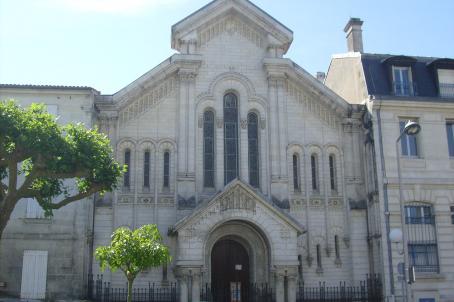Couvent des Jacobins
Founded at the beginning of the 13th century, the Jacobins convent was home to a community of Dominican monks until the Revolution. Sold as national property, the convent was finally transformed into a private house. At the end of the 19th century, the buildings were owned by Maurice Martineau, a cognac merchant. He devoted part of his time to building up an impressive library, which he bequeathed to the municipality on his death in 1928, together with the buildings of the former convent. The site became a municipal library ten years later.






